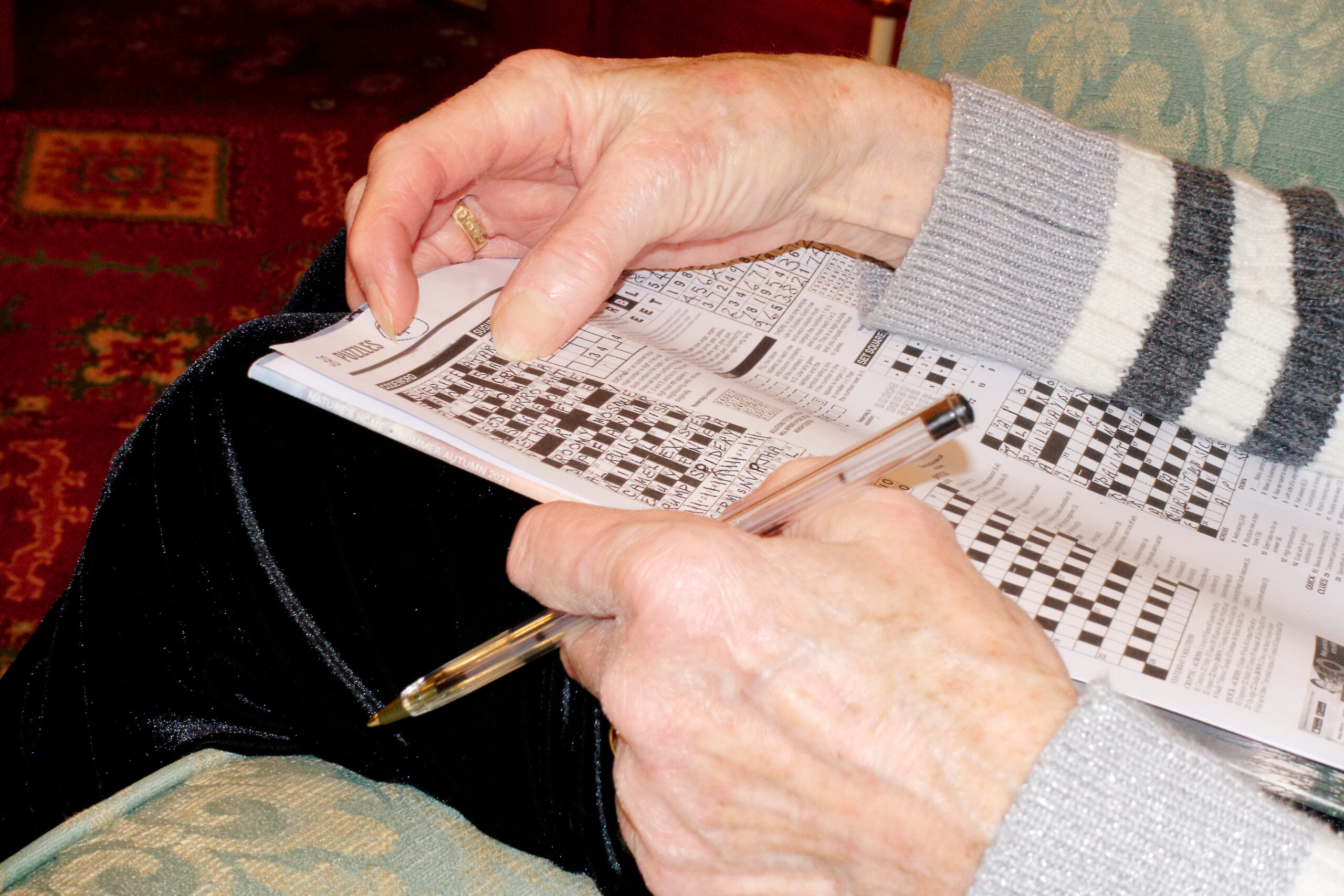How to Use Familiar Photos and Art to Help Dementia Patients Recognize Their Surroundings
### Using Familiar Photos and Art to Help Dementia Patients Recognize Their Surroundings
Living with dementia can be challenging, especially when it comes to recognizing and navigating one’s surroundings. However, there are simple and effective ways to help dementia patients feel more at ease and connected to their environment. One powerful tool is using familiar photos and art.
#### The Power of Photos
Photos can be a powerful trigger for memories and emotions. For individuals with dementia, looking at familiar images can help them recall important events, people, and places. This can be especially helpful in the later stages of the disease when verbal communication becomes more difficult.
**How to Use Photos:**
1. **Organize and Display Photos:** Place photos in different rooms or areas where the person spends most of their time. This can help them feel more connected to their surroundings and provide a sense of familiarity.
2. **Create a Photo Timeline:** Make a simple timeline or slideshow of important events and people. This can be a great way to guide conversations and memories, providing a sense of continuity and normalcy in their daily routine.
3. **Engage in Conversations:** When looking at photos, avoid quizzing the person. Instead, simply point out what you see and reminisce together. This can help spark conversations and evoke positive emotional responses.
4. **Digitize Photos:** Consider digitizing your family photos. This makes it easier to access and share them, providing a non-verbal bridge to the past. Many caregivers find that looking through photos with their loved ones is an opportunity to bond and provide comfort in times of confusion or distress[2].
#### The Benefits of Art
Art and creative activities can also play a significant role in helping dementia patients recognize their surroundings. These activities can stimulate cognitive function, improve mood, and provide a sense of purpose.
**How to Use Art:**
1. **Create a Memory Book:** Make a scrapbook filled with photos, cut-out images from magazines, or other memorabilia. This can be tailored to the person’s interests, such as a scrapbook about their work in construction or their favorite hobbies.
2. **Engage in Tactile Activities:** Use materials like paints, glitter, and fabric scraps to create art together. These tactile activities can help activate the brain and improve hand-eye coordination.
3. **Music and Art Combination:** Combine music with art by creating a playlist of familiar songs and using them as prompts for creative activities. For example, you could ask, “Do you remember dancing to this song when you were young?” This can help stimulate cognitive function and evoke powerful memories[5].
#### Tips for Caregivers
1. **Be Flexible:** Adapt your communication style as needed. If the person is unable to express themselves verbally, try engaging them through music, art, or physical touch.
2. **Monitor Mood:** Be mindful of the person’s mood. If a certain song or activity causes agitation or discomfort, it’s okay to change it. The goal is to offer a sensory experience that encourages engagement without causing stress.
3. **Provide Comfort:** Remember that your presence and affection can still provide comfort, even if words are no longer possible. Non-verbal communication and emotional cues become even more important in the later stages of dementia.
By using familiar photos and engaging in creative activities, caregivers can significantly enhance the quality of life for individuals with dementia. These simple yet powerful tools can help dementia patients recognize their surroundings, improve their mood, and maintain a sense of connection to their past.





